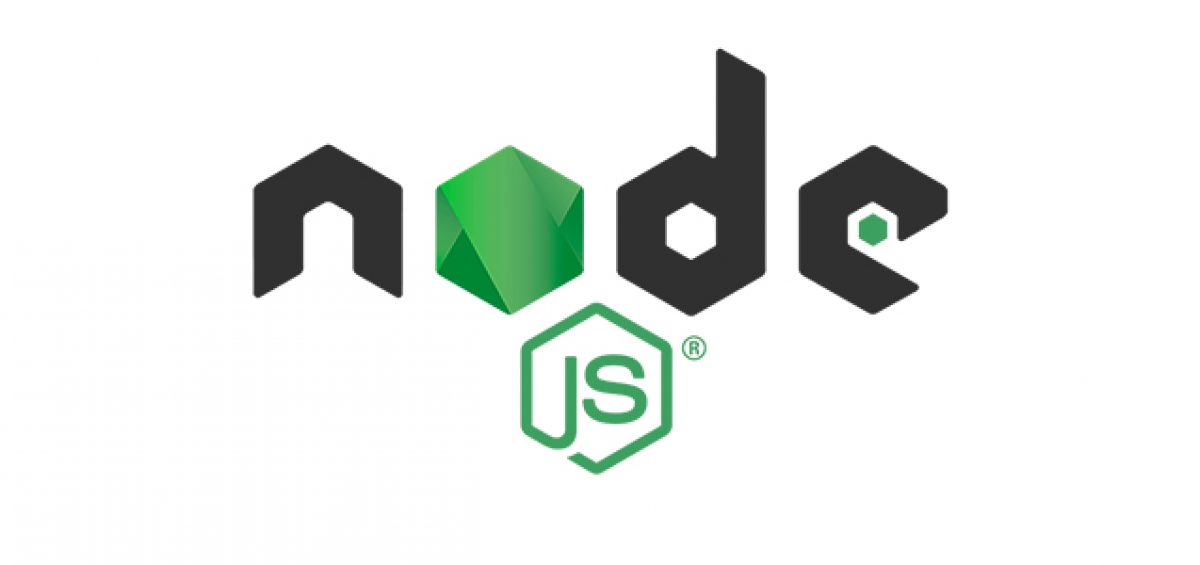
Web design for you to attract cloud of clients Your business is starving. You are struggling to get clients and projects. You need to keep your business going and you enjoy the freedom that comes with working for yourself. You loved that and you have the control of your future. This is because new clients demand. Attract your design so they do not have any option to choose another one. A logo is one of the most important design features of any company. It needs to be memorable, on brand and if possible succinctly sum of what and who you are. While logo stands on its own technically loop, animated with SVG (scalable vector graphics), it is the creativity of logo i.e. its real appeal. Web design is perfectly matches the balanced, natural composition of product image. These complementary sources are great at what they do. But there’s something all of them struggle with consistently: Marketing. Maybe they’re okay at marketing and they’re generating leads but they struggle to turn that interest into money. Maybe they’re cherry picking the leads they want and tossing the rest. “I hate marketing, how am I supposed to fix their problem?” Simple. You stop marketing and you start teaching. If you’re a designer, you teach your source’s clients about the buyer evaluation process, how buyers evaluate your clients in 1/20th of a second. You educate them, explaining the who, what, why and how. Websites are also part of the business. Hence, it is also important for the website to look professional. Online reputation is important these days because most people rely on the internet. Even business can succeed through the internet. So, we will enumerate the benefits of having a professional website so that you can have a better understanding on its importance. Better Search Engine ranking and visibility More people will know the website that you will constantly come up in search engines. Your ranking will also increase especially if you have great posts and ideas for topics that interest your target audience. It gives a great first impression. It is said that first impressions last. One look at your professional looking website and the viewers will surely have that good impression. Design will be consistent for years. your design will be used for a long time and you wouldn’t need to redo it for years. This lessens your time to update it and fix some parts of it. You will just focus on other important things like traffic and sales. Gives a quick access for clients. websites are easier to access; it can also make it easier for clients to contact you. They could easily send you emails using contact forms and they can also see what you can do, what you have done and what you offer them. You don’t have to speak a lot in order to get them because once they contact you, you actually got them already. This is also a good venue for feedbacks, testimonials and others. Trends in web design, like fashion trends, come and go. Sometimes trends are dictated by necessity (like responsive design). Other trends are industry shifts, such as the change from skeuomorphism to flat design. Proliferation of UI Patterns One of the side effects of responsive design has meant that a lot of sites look similar. However, responsive design isn’t solely to blame. The rise of WordPress sites and the booming theme market also have a hand in it. The hamburger menu: While some criticize this pattern’s use, there’s no doubt that it’s widespread use makes the function easily recognizable for users. Hero images: Since vision is the strongest human sense, HD hero images are one of the fastest ways to grab a user’s attention Navigation and menus (nonscrolling) Hidden navigation menus have become increasingly popular, especially as they can be used to save screen space. Responsive Design Responsive web design has become incredibly popular in recent years thanks to the rise of mobile internet usage. So don’t follow trends just because they’re the “hip” thing to do at the moment. Trends represent popular techniques for good reason, but make sure it’s best for your users. Trends are nothing more than additional tools in your designer toolbox. Always pick the right ones for the job. Web design is a multidisciplinary pursuit that consists of five primary components: content, visuals, technology, delivery, and purpose. Striking a fine balance between form and function, user and designer, content and task, and convention and innovation is the lofty goal of the Web designer




















Comments